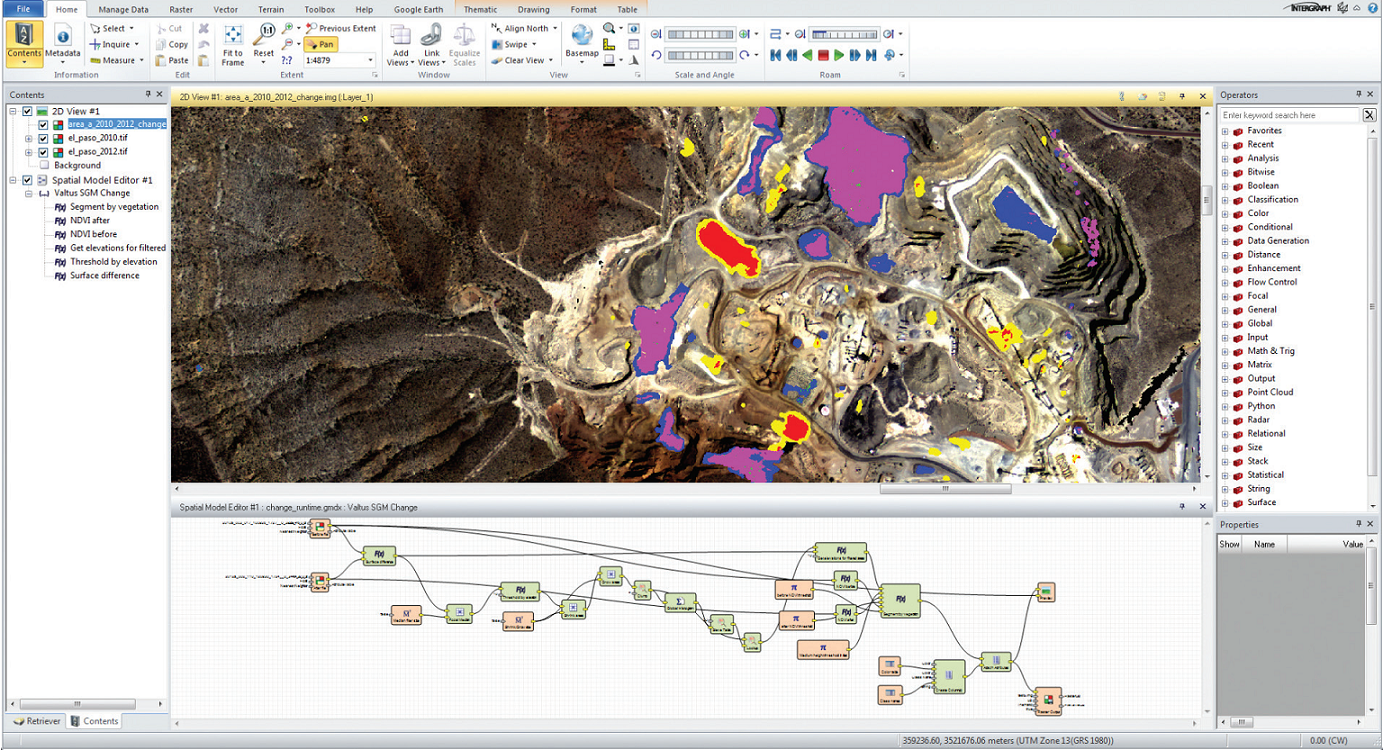

The quantitative analysis of the watershedis vital to understand the hydrological setup of any terrain. The impact of recently renewed industrial activity at a site of probable archaeological significance is also assessed through visually interpreted VHR satellite imagery. These techniques are aiding ongoing archaeological survey of the Sierra Leone River Estuary. Two complementary methods of using VHR multispectral satellite imagery are discussed in this paper: visual interpretation and semi-automated subpixel classification. These features are conspicuous elements of the landscape both from the ground and in aerial imagery. Settlement sites typically have a differing pattern of vegetation from the surrounding landscape, including concentrations of very large trees with sociocultural and historical significance: cotton (Ceiba pentandra) and baobab (Adansonia digitata). This article discusses how archaeological sites in Sierra Leone, and by extension much of West Africa, can be identified through vegetation patterns (vegetation signatures) detectable in very high-resolution (VHR) multispectral satellite imagery.

Further study on relevant technology is needed in Western and Eastern Equatoria States State South Sudan. Both RS and GIS are useful tools that could be incorporated into decision-making process to prioritize target areas for vector control strategy. This map revealed spatial distribution of G.f.fuscipes in eight streams of four Payams, KKC as a function of apparent density of flies/trap/day and infection rates (IR%) of Trypanosoma brucei gambiense in G.f.fuscipes. Remote Sensing (RS) and Geographical Information System (GIS) were applied and map was generated. 56 unbaited biconical traps were deployed in various ecosystems assumed to habituate tsetse fliesand coordinates of the sites where traps were deployed were recordedusing Global Positioning System (GPS).

A 2-year- study was carried out to spot spatial distribution of G.f. Studies on the spatial distribution of tsetse flies are imperative for the control of trypanosomiasis in the endemic foci.

Glossina fuscipes fuscipes act as tsetse vectors of HAT in Kajo-keji County (KKC) South Sudan. Tsetse flies are the sole biological vectors of Human African Trypanosomiasis (HAT) in sub-Saharan Africa.


 0 kommentar(er)
0 kommentar(er)
